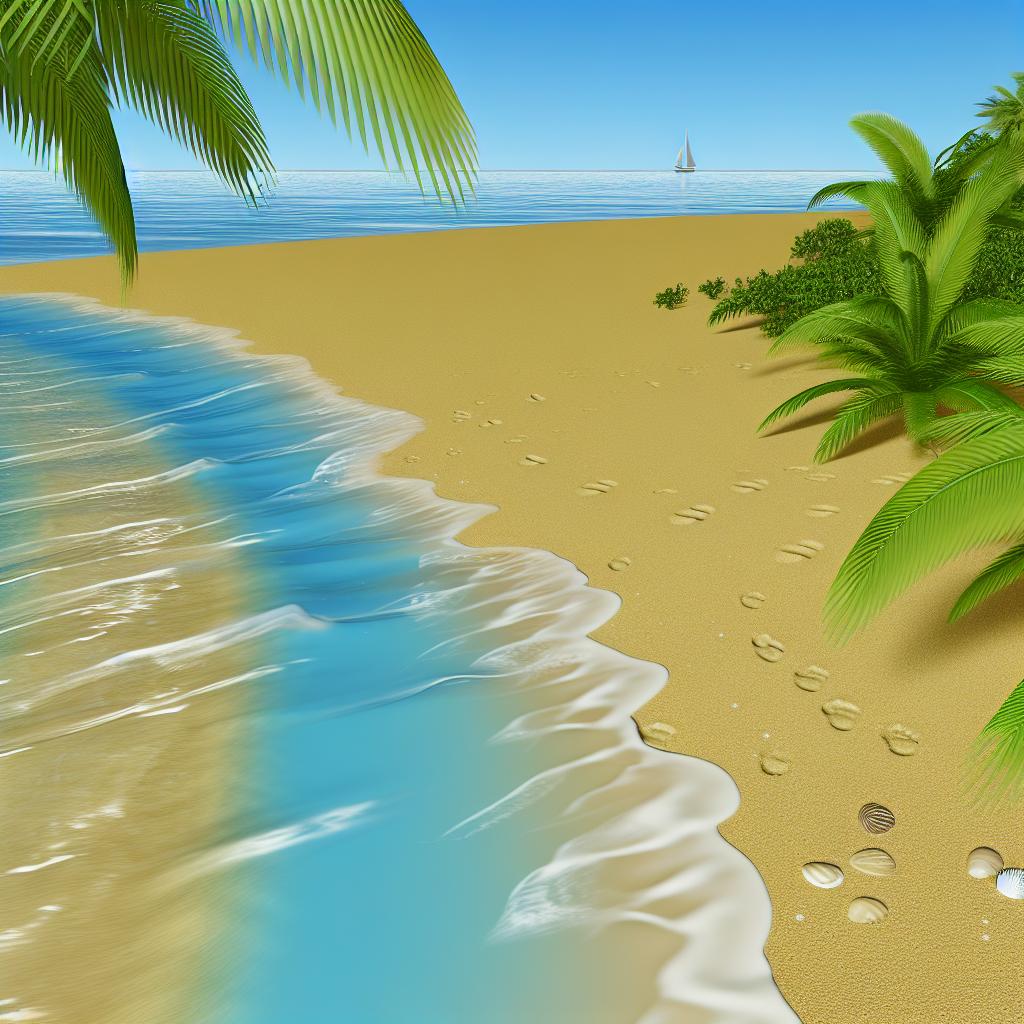Exploring the Marine Life of Corn Island
Corn Island, situated off the Caribbean coast of Nicaragua, is a premier destination for those interested in the natural wonders beneath the sea. This tropical paradise, which consists of Big Corn Island and Little Corn Island, entices visitors with its sheer variety of marine life and breathtaking underwater vistas. The islands boast crystal-clear waters that provide a window into an exceptional underwater world, bustling with colorful marine species and vibrant coral reefs. Whether an experienced snorkeler or a novice, the rich biological tapestry of Corn Island promises an unforgettable underwater adventure.
Geographical Background
Corn Island’s geographical setting plays a significant role in its allure as a snorkeling haven. Nested within the Caribbean, these islands form part of Nicaragua’s Southern Caribbean coast. With their tropical climate, the islands promise warm water temperatures all year round, making it suitable for snorkeling in any season. Big Corn Island, the larger of the two, presents more infrastructure and amenities. In contrast, Little Corn Island offers a more secluded experience, appealing to those seeking tranquility and a more personal encounter with nature.
The presence of unique marine landscapes around both islands enriches the snorkeling experience. Their geographical formation ensures the protection and nurturing of numerous marine species, making the islands a haven for marine biodiversity.
Marine Biodiversity
The marine ecosystem surrounding Corn Island is a kaleidoscope of life, characterized by an abundance of species that capture the attention of any underwater explorer. The coral reefs, a living sculpture in the sea, are a pivotal attraction. Composed of a variety of hard and soft corals, these reefs serve as life-supporting structures for the diverse marine life that they house.
Among the notable residents of these reefs are species such as the vivid angelfish, known for their distinctive colors and patterns. Parrotfish, with their beak-like mouths and ability to change colors, contribute to this aquatic spectacle. Triggerfish, with their uniquely shaped dorsal fins, add to the diversity of fish species present. In addition to smaller fish, the area is renowned for sightings of larger marine animals. Sea turtles glide gracefully through the water, often mesmerizing observers with their tranquillity. Nurse sharks, generally non-aggressive and often resting on the ocean floor, offer a thrilling sight for snorkelers lucky enough to encounter them.
Best Snorkeling Spots
For those keen on exploring the marine life around Corn Island, the selection of snorkeling spots is impressive. One of the most revered locations is the area surrounding Little Corn Island. Known for its unblemished waters, Little Corn Island is reputed for offering superior visibility compared to its larger counterpart. This clarity provides unparalleled opportunities to observe the diverse marine life thriving below.
The Northern reefs of Little Corn Island, in particular, are famed for their impeccable coral formations. These structures are not only visually stunning but also vital to the health of the marine ecosystem. The reefs here are largely well-preserved, offering a glimpse into the complex dynamics of coral ecosystems. For those interested in planning a snorkeling expedition, further information on Little Corn Island’s prime spots can be found here.
In contrast, Big Corn Island offers its own unique underwater attractions, including more accessible locations for those staying on the island. While the reefs may not be as intact as those on Little Corn, they still offer valuable snorkeling opportunities, particularly for those incorporating a broader exploration of the islands into their itinerary.
Snorkeling Conditions and Safety
Ensuring a safe and enjoyable snorkeling experience requires attention to the snorkeling conditions around Corn Island. Typically, the waters provide excellent visibility, especially during the dry season spanning from January to July. This period is characterized by calmer seas, making it an ideal time for snorkeling activities.
However, it is important to note that the weather can change rapidly, affecting water conditions. Snorkelers must remain vigilant, continually assessing the environment and their own comfort levels. Precautionary measures are crucial, especially for those less experienced with snorkeling.
Engaging in the activity with a partner is always advisable, providing mutual assistance and comfort in unfamiliar waters. Likewise, snorkeling with a life jacket can give peace of mind, promoting buoyancy and safety. Understanding tidal patterns, being aware of surrounding water traffic, and heeding local advice are additional recommendations for a secure snorkeling experience.
Conclusion
In conclusion, Corn Island extends a unique invitation to snorkeling aficionados, offering a remarkable glimpse into a vibrant underwater world. Both Big Corn Island and Little Corn Island provide unique experiences, from the educational insights into marine ecosystems to the sheer aesthetic pleasure of observing diverse species in their natural habitat. With its stunning coral formations and the plethora of marine life, snorkeling around Corn Island is an adventure not to be missed, promising both visual and educational rewards. Whether one stays at Big Corn or immerses oneself in the intimacy of Little Corn, the interactions with the marine environment of Corn Island are bound to leave lasting impressions.

